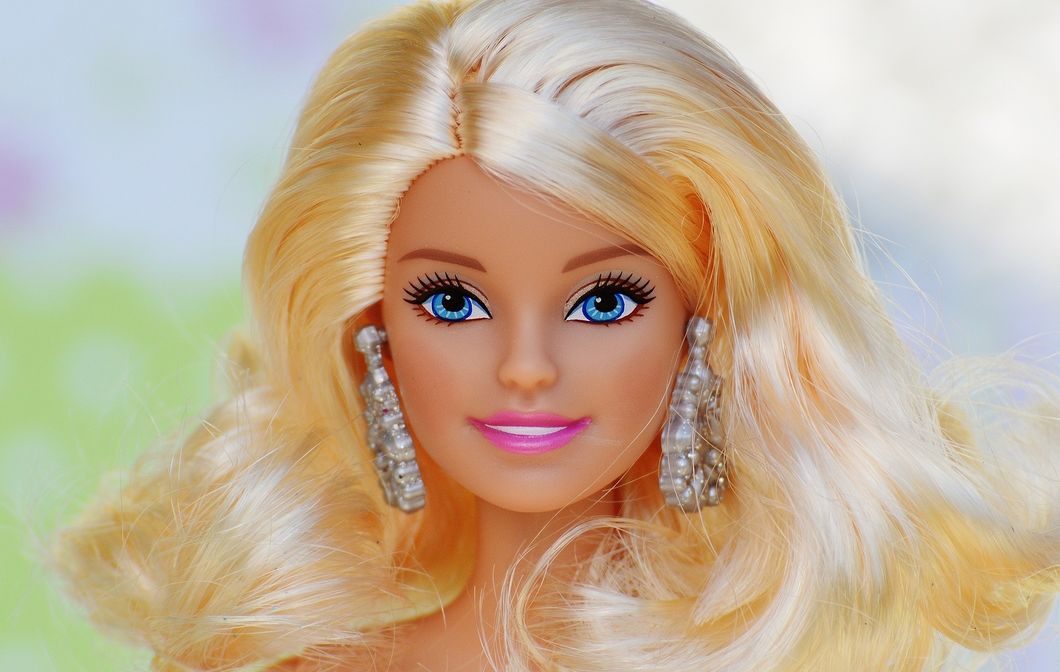Barbie was created in 1959 by businesswoman Ruth Handler, who noticed her daughter Barbara projecting adult roles onto her paper dolls. Most dolls sold at that time were baby dolls, so due to the lack of adult-bodied dolls on the market, Ruth proposed the idea to her husband Elliot, co-founder of Mattel toy company. Since then, Barbie has been a cultural icon, serving children everywhere.
Barbie has always been a forward-thinker, often creating dolls based around cultural issues. Before women were allowed to open bank accounts, Barbie bought her first Dreamhouse, helping girls visualize a future with equal rights. We sent Neil Armstrong, Michael Collins, and Buzz Aldrin to the moon in 1969, but Miss Astronaut Barbie did it first in 1965. In 1968, Mattel introduced Christie, their first black doll, in support of equal rights. Then, eventually, in 1980, Mattel released other diverse dolls named Barbie, instead of just being known as "Barbie's friends," showcasing that truly anyone can "be Barbie."
Barbie's 1985 "We Girls Can Do Anything" ad campaign featured slogans such as "anything is possible as long as we try," and "we girls can do anything, right, Barbie?" Mattel released President Barbie in 1992, which was redone in 2016 to include both President and Vice President Barbie dolls. Also in 2016, Barbie released new body types–curvy, petite, and tall–to be more of a representation of what women actually look like. In addition, later this year, Barbie will be releasing disabled dolls "to better represent the people and the world kids see around them."
Barbie has been celebrating women since her conception and teaching young girls that they can do anything they set their minds to. And Barbie doesn't stop there; Mattel is constantly releasing new Barbie dolls and initiatives that represent modern women. Most recently, Barbie introduced the Dream Gap Project, created to show girls that their gender doesn't determine their worth: "This year, Barbie is kicking off the Dream Gap Project, an ongoing global initiative that includes funding research, highlighting positive role models, and producing inspiring content and products." Today, Barbie represents over 200 careers, including those in typically male-dominated fields like robotics, piloting, and scientists. Now, kids everywhere can play with dolls that look like them and can envision a future where they can do anything if they try. Right, Barbie?





 The minimum wage is not a living wage.
StableDiffusion
The minimum wage is not a living wage.
StableDiffusion
 influential nations
StableDiffusion
influential nations
StableDiffusion












